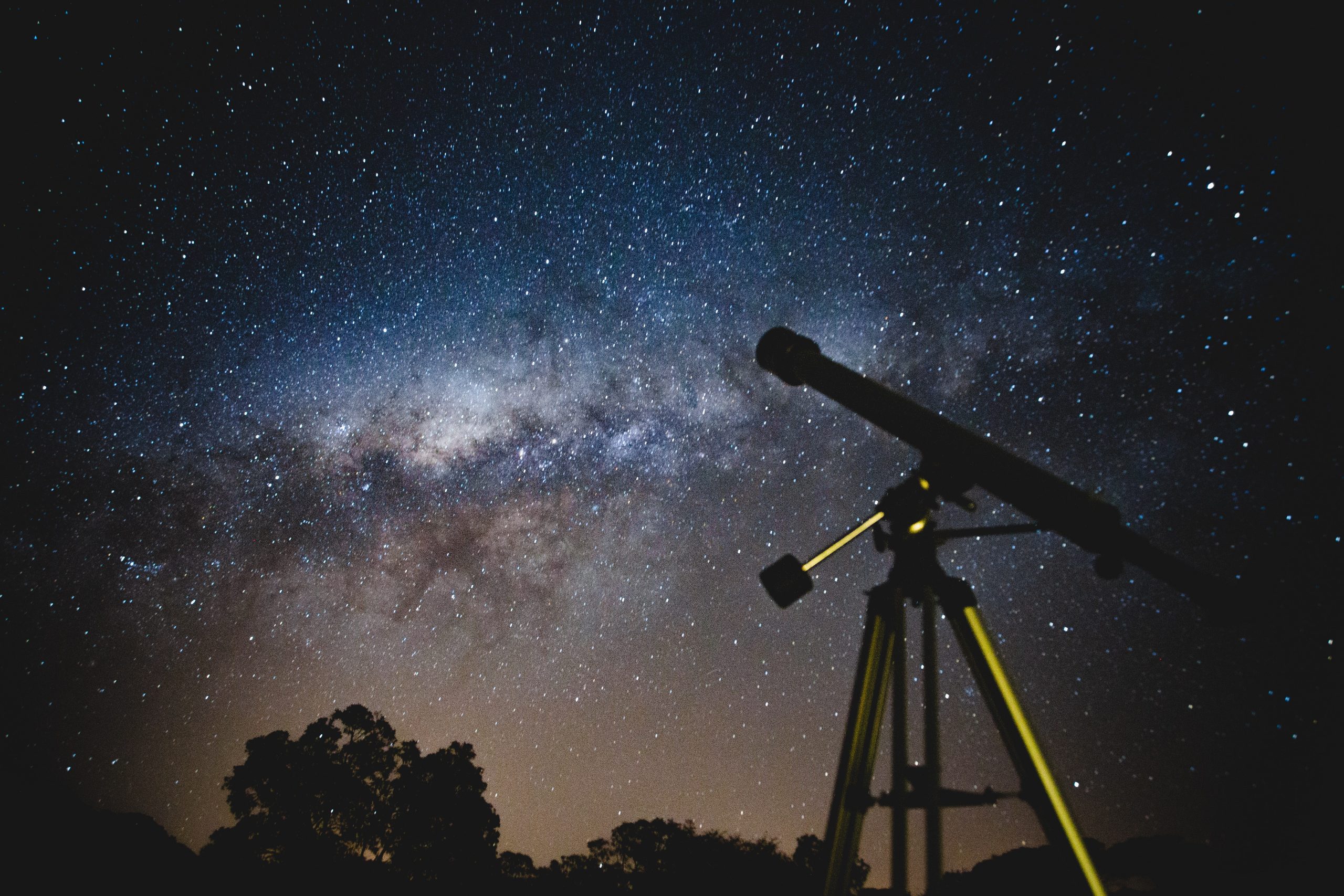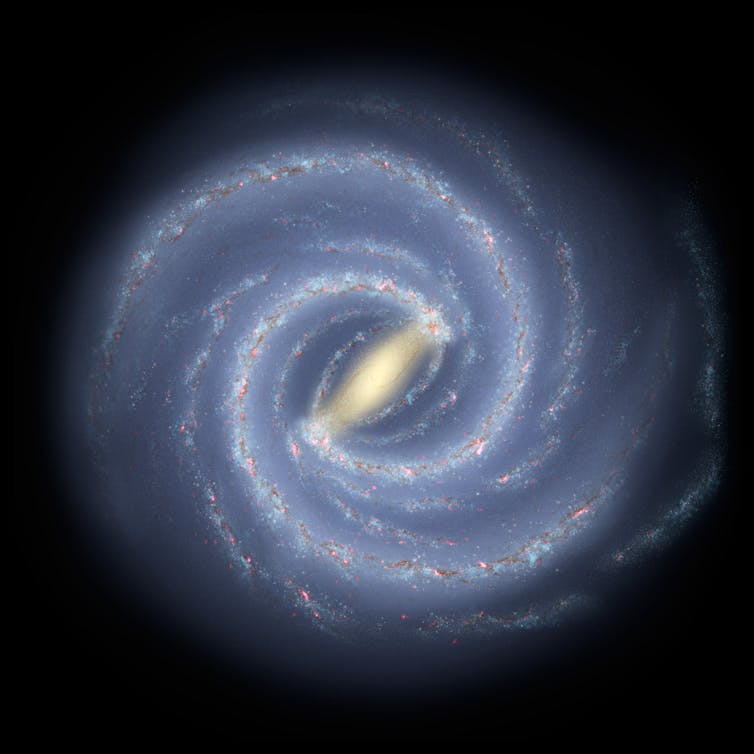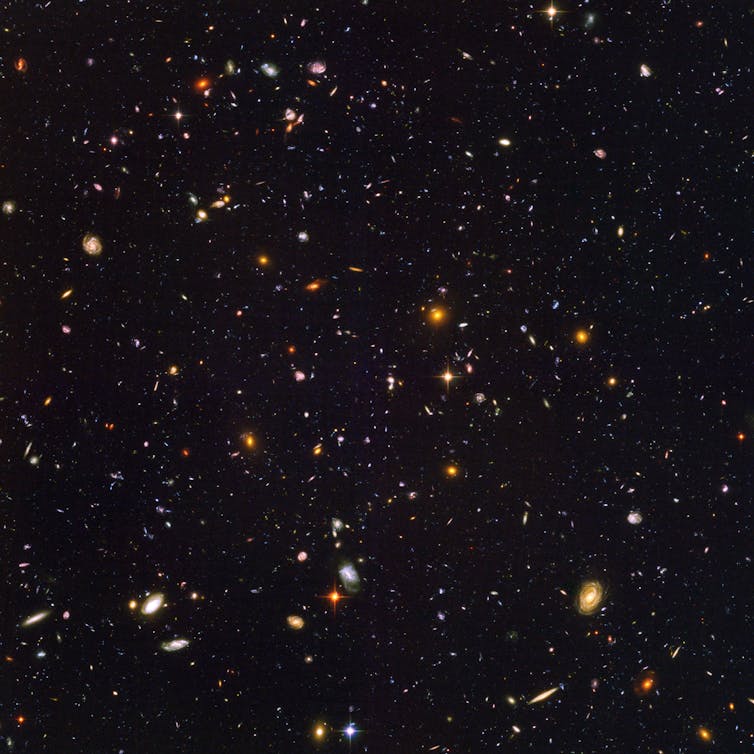Lifestyle
Curious Kids: how many galaxies are there in the universe?

Many galaxies are too faint or small for us to observe easily, even with the most powerful telescopes. (Pexels photo)
How many galaxies are there beyond the Milky Way? – Rosella, aged 15, Hong Kong
A galaxy is a massive collection of gas, dust and billions of stars all bound together by the force of gravity. Galaxies are also huge, measuring billions of billions of kilometres across.
To properly understand what a galaxy is, we should start by looking at our own Milky Way galaxy.
Our Sun is just one star out of billions of other stars contained within a galaxy called the Milky Way. In the same way that the Earth orbits the Sun, the Sun also orbits the Milky Way’s centre.
When we look up at the night sky, the stars we can see with our eyes are all part of the Milky Way. If you’ve been outside on a really clear, dark night, you may have noticed a thin fuzzy band of stars and light stretching across the sky. This is our Milky Way galaxy viewed from the inside out. We see a thin line because our galaxy is shaped like a thin disk, and we’re looking at the edge of the disk.

Curious Kids is a series by The Conversation that gives children the chance to have their questions about the world answered by experts. If you have a question you’d like an expert to answer, send it to curiouskids@theconversation.com and make sure you include the asker’s first name, age and town or city. We won’t be able to answer every question, but we’ll do our very best.
If we look towards the centre of this disk, we see a brighter region called the galactic core. Stars in the core are grouped much closer together, and form a shape that looks like a ball that peeks out from the top and bottom of the disk.
By mapping the positions and motions of the stars in the Milky Way, we can start to build a picture of what our galaxy might look like if we could look down on the disk from above. The overall shape would be a circle.

NASA/JPL-Caltech/ESO/R. Hurt, CC BY
We would see the bright core, which would look reddish-yellow, as the stars here are cooler. Winding out from that core would be a number of spiral arms, bluish in colour because they contain hotter stars. The Milky Way would look a little like a whirlpool.
Beyond the Milky Way
Astronomers are confident that our Milky Way has spiral arms because we see lots of other galaxies like it when we look out into the universe. Most other galaxies that are thin disks similar to our Milky Way also have winding spiral arms. We call these spiral galaxies.
Not every galaxy looks this way, though. Some of the other galaxies we see in the universe look like smooth, fuzzy ovals of light, something between the shape of a basketball and a rugby ball. We call these elliptical galaxies, and they are mostly made up of cooler, redder stars. There are also galaxies that don’t have any particular shape at all. These are called irregular galaxies.
Working out how many galaxies there are in the universe is actually pretty difficult. Many galaxies are too faint or small for us to observe easily, even with the most powerful telescopes. Despite this, astronomers came up with a clever way of working this out. Astronomers pointed the Hubble space telescope at a tiny patch of the sky for 11.3 days and collected the light from galaxies that are both nearby and very distant.

NASA, ESA, and S. Beckwith (STScI) and the HUDF Team, CC BY
This tiny patch of sky was full of galaxies, almost 10,000, of all different sizes and shapes. By multiplying this number by the number of times this tiny patch of sky would fit into the entire sky, astronomers came up with an estimate of between about 100 and 200 billion galaxies. This number will almost definitely change, though, as we learn more about our universe in the future.![]()
Nicolas Bonne, Public Engagement and Outreach Fellow/Tactile Universe Project Lead, University of Portsmouth
This article is republished from The Conversation under a Creative Commons license. Read the original article.





















